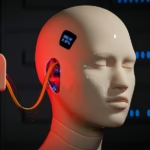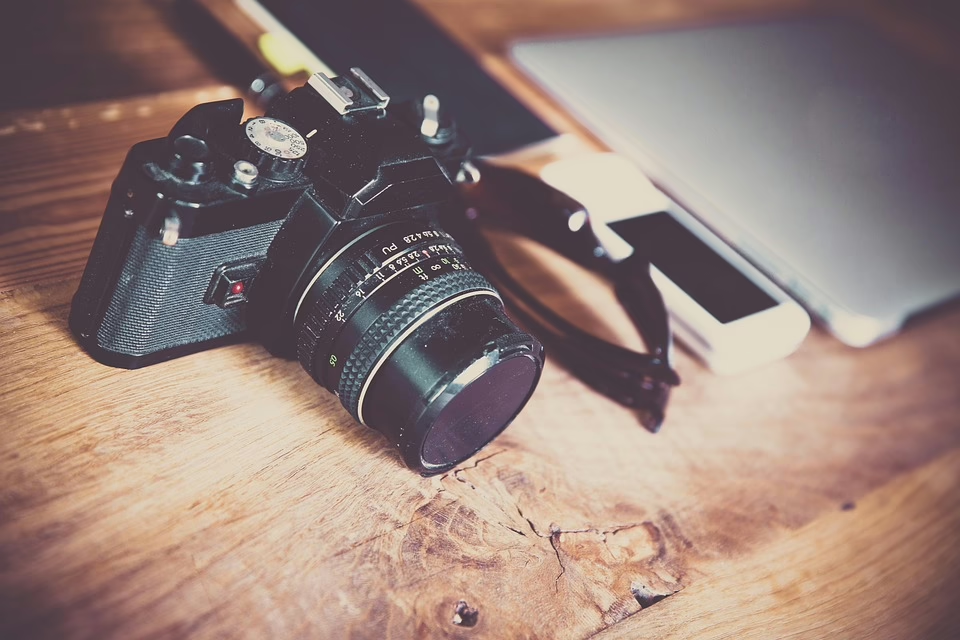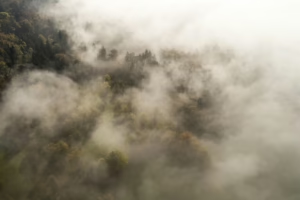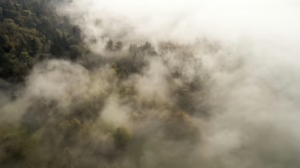Elevating Perspectives: The Impact of Drone Cameras on Aerial Photography
Introduction
In recent years, aerial photography has transcended traditional boundaries, entering a new era dominated by the advent of drone technology. Drones, or unmanned aerial vehicles (UAVs), equipped with high-resolution cameras, have transformed the way we capture images from above. This innovation has not only enhanced the artistic aspects of photography but also revolutionized industries such as real estate, agriculture, and conservation. This article explores the profound impact of drone cameras on aerial photography, discussing their technological advancements, applications, and implications for the future.
The Evolution of Aerial Photography
Early Beginnings
Aerial photography has a rich history that dates back to the mid-19th century when the first images were taken from hot air balloons. These images were often hazy and limited in detail due to the technology of the time. However, as photography advanced, so did aerial techniques, including the use of kites and pigeons equipped with cameras.
The Rise of Helicopter and Fixed-Wing Aircraft Photography
The mid-20th century saw the introduction of helicopters and fixed-wing aircraft for aerial photography. These modes allowed photographers to capture high-quality images over vast landscapes. However, they came with significant limitations: the costs of operation, the need for skilled pilots, and the logistical challenges of accessing various locations.
The Dawn of Drone Technology
With the 21st century, drone technology emerged as a game-changer. Initially developed for military use, drones quickly found applications in commercial sectors. The introduction of consumer drones, equipped with advanced cameras and user-friendly controls, revolutionized aerial photography, providing enthusiasts and professionals alike with unprecedented access to aerial perspectives.
The Technology Behind Drone Cameras
Design and Functionality
Modern drones are sophisticated pieces of equipment. They incorporate advanced navigation systems, flight stabilization technology, and high-resolution cameras, allowing for seamless operation even in challenging conditions. The typical drone camera setup includes features such as:
- High-Resolution Sensors: Many drones are equipped with cameras that offer 4K resolution and beyond, enabling stunning image and video quality.
- Gimbals: These provide stabilization during flight, ensuring smooth, vibration-free footage.
- GPS Navigation: This technology assists in maintaining flight paths and returning to launch points autonomously.
Innovations in Camera Technology
The integration of camera technology with drones has been revolutionary. Features such as zoom capabilities, thermal imaging, and multispectral sensors expand the potential uses of drone photography beyond mere visuals. Advances such as image stabilization and HDR (high dynamic range) capabilities allow for the capture of clear and vivid images under varying lighting conditions.
Applications of Drone Photography
Real Estate
One of the most notable uses of drone photography has been in real estate. Properties can now be showcased with stunning aerial views that highlight location, size, and layout. Real estate agents utilize drone footage to create compelling marketing materials, drawing in potential buyers with immersive visuals. Aerial shots provide context for properties, showcasing surrounding amenities, landscapes, and neighborhood characteristics.
Agriculture
In agriculture, drone cameras play a crucial role in monitoring crop health and optimizing yield. Farmers use drones equipped with multispectral sensors to capture data regarding plant health, soil conditions, and irrigation needs. This technology promotes sustainable farming practices by enabling targeted interventions based on precise data.
Environmental Monitoring and Conservation
Drones have emerged as essential tools for environmentalists and conservationists. They allow for the monitoring of wildlife populations, mapping of habitats, and assessment of environmental changes caused by human activities or climate change. With the ability to access difficult terrains and collect data without disturbing natural ecosystems, drone cameras contribute significantly to conservation efforts.
Film and Media
In the world of film and media, drone photography has opened new horizons for filmmakers. Aerial shots previously impossible without expensive equipment or complicated setups can now be achieved easily. Drone cameras facilitate stunning cinematography in movies, documentaries, and commercials, enhancing storytelling by providing dynamic perspectives.
The Creative Potential of Drone Photography
Artistry and Expression
As an artistic medium, drone photography allows photographers to explore new creative avenues. The unique vantage points and perspectives offered by drones enable the capture of landscapes in ways that evoke emotion and provoke thought. Photographers are experimenting with aerial compositions, light play, and color, resulting in breathtaking imagery that challenges traditional perceptions of space and form.
Storytelling through Imagery
Drone photography has the power to tell stories in ways that ground-level images cannot. Through aerial shots, narratives can unfold, revealing the interconnectedness of places, communities, and environments. For instance, capturing industrial sites juxtaposed with natural landscapes can highlight environmental impacts, prompting discussions around sustainability and urbanization.
Challenges and Limitations
Regulatory Hurdles
Despite their many advantages, the proliferation of drones has introduced regulatory challenges. Governments around the world are grappling with how to regulate drone usage, particularly in populated areas. Issues relating to privacy, safety, and airspace management take center stage as aerial photography becomes more commonplace.
Technical Limitations
While drone technology has advanced significantly, it is not without its limitations. Factors such as battery life, weather conditions, and flight range can affect drone operation. Additionally, while drones are equipped with powerful cameras, they often fall short in capturing images in low-light conditions compared to professional DSLRs or mirrorless cameras.
Ethical Considerations
The ease of access to drone photography also raises ethical questions. Issues of privacy become prominent as drones can easily capture images of private property. This calls for photographers to navigate the fine line between creative expression and respect for individuals’ rights.
The Future of Drone Photography
Technological Advancements
The future of drone photography looks promising, with ongoing advancements in technology. Autonomous flight capabilities, improved battery life, and enhanced imaging sensors will continue to push the boundaries of what drones can achieve. Furthermore, integration with artificial intelligence (AI) is set to enhance data analysis and image processing, opening new avenues for aerial photography.
Democratization of Aerial Photography
As drone technology becomes more affordable, the democratization of aerial photography is inevitable. This trend will enable a broader range of individuals, from hobbyists to professionals, to explore aerial perspectives creatively. Platforms for sharing aerial images and videos will continue to grow, fostering a global community of drone enthusiasts.
Environmental and Humanitarian Uses
The future will likely see increased adoption of drones in environmental and humanitarian efforts. Their ability to access and document hard-to-reach areas will enhance research on climate change, disaster response, and humanitarian aid. Drones could play pivotal roles in monitoring deforestation, assessing damages during natural disasters, and conducting wildlife research.
Conclusion
Drone cameras have undeniably transformed the realm of aerial photography, offering unparalleled perspectives and applications across various industries. As technology continues to evolve, the impact of drone photography will only deepen, fostering creativity and innovation while challenging societal norms. From highlighting the beauty of our landscapes to driving critical environmental conversations, drone cameras are elevating the way we see and understand our world.
As we look forward to this exciting future, it is crucial to embrace the opportunities and challenges that drone photography presents. As a medium that merges art, science, and technology, aerial photography through drones opens new horizons, allowing us to explore perspectives that were once beyond our reach.


























Add Comment